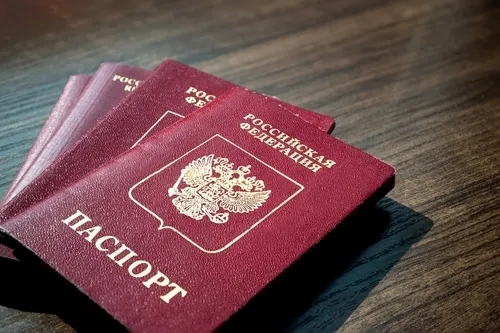Russia’s Cybercrime Surge: Bots, Fake Support, and the Rise of AI-Driven Scams

In 2025, cybercriminals in Russia are swapping scripts for smarter code—and the bots are getting bolder.
The face of cybercrime in Russia is evolving fast. According to Maxim Korkin, Chairman of the Transport and IT Committee in the Moscow Region Duma, 2025 has brought a noticeable spike in bot-driven fraud schemes. These aren’t your average pop-ups—they’re engineered to sound urgent, helpful, and dangerously convincing.
The new wave of scams involves bots that mimic customer service reps or system security checks. A common tactic: users are prompted to “verify” suspicious activity by inputting personal data, including banking credentials. In reality, they’re handing that data straight to criminals.
Smarter Bots, Bigger Losses
One increasingly common trick: impersonating marketplaces or delivery services. Victims receive messages from bots posing as couriers, asking them to complete a delivery form. But instead of a package, what gets delivered is financial loss—often tens of thousands of rubles.
Then there are the “gift” scams—think discounts, vouchers, or surprise bonuses. Users are told they’ve won something, but to claim the prize, they need to register... with their bank card details. Once again, the deception lies in the details.
Phishing Goes Local
Another vector on the rise: hyper-targeted phishing emails that look like they’re from a victim’s employer or local institution. These messages often contain malware or links to fake login pages designed to steal credentials. As artificial intelligence becomes more adept at mimicking tone and language, the lines between legitimate and fraudulent communications continue to blur.
The Bigger Picture
Russia isn’t alone in this digital tug-of-war, but its evolving tech infrastructure is creating both opportunity and exposure. As bots grow smarter and interfaces more human-like, the fight against cyber fraud is no longer just about firewalls—it’s about digital literacy, trust, and spotting the signal in the noise.









































